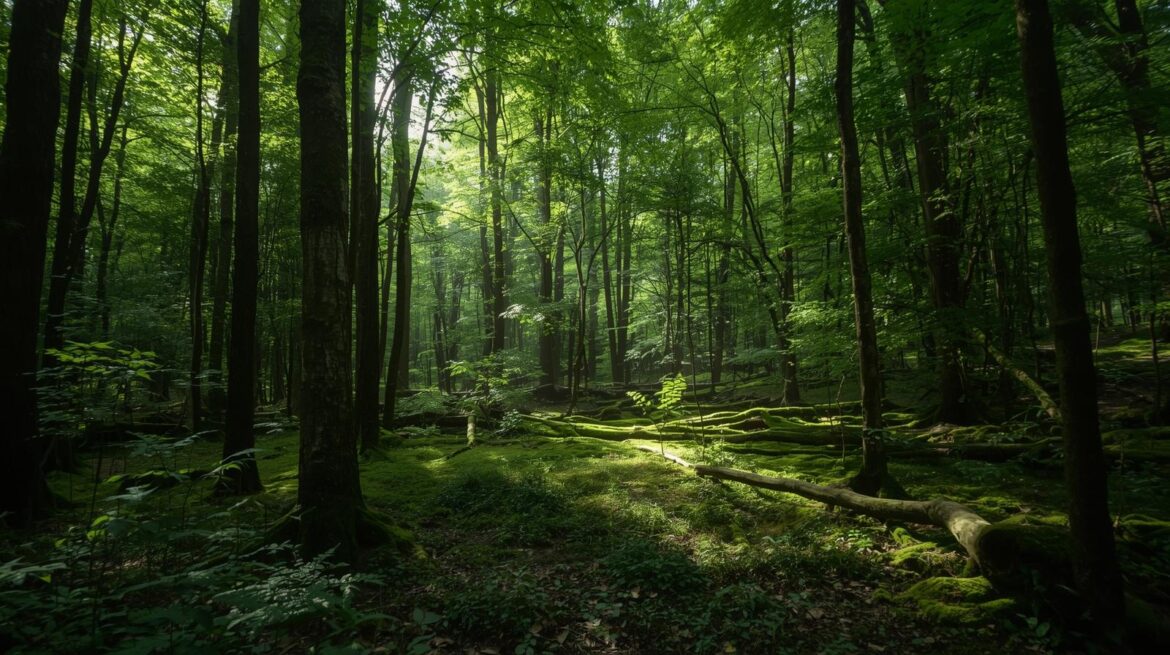India’s official data shows forest cover has expanded by over 17,000 sq km in the past decade, but environmentalists caution the growth may reflect plantations and reclassification rather than genuine ecological recovery.
The Ministry of Statistics and Programme Implementation (MoSPI) on September 25 released its first dedicated “Environmental Accounting on Forest – 2025” at the 29th Conference of Central and State Statistical Organizations in Chandigarh. The report, based on the UN System of Environmental Economic Accounts (SEEA), provides national and state-level data on forest extent, quality and ecosystem services.
What the Numbers Show
From 2010-11 to 2021-22, forest cover grew by 17,444 sq km, reaching 715,000 sq km – about 21.8 per cent of India’s geographical area. Kerala, Karnataka and Tamil Nadu posted the sharpest gains.
India’s “forest extent account” also showed a net rise of 3,356 sq km between 2013 and 2023, driven partly by reclassification and boundary adjustments.
The Quality Question
While growing stock – the volume of usable wood in living trees – rose by 7.3 per cent over the past decade, experts note this does not fully capture biodiversity or soil health. The increase may come disproportionately from fast-growing monoculture plantations, which offer limited ecological benefits compared with natural forests.
“Counting plantations as forests risks giving a misleading picture of environmental health,” said a Delhi-based forestry researcher, pointing out that scrublands and grasslands converted into eucalyptus or acacia also get recorded as “forest cover.”
Ecosystem Services: Rising Value, Unequal Distribution
Provisioning services such as timber and non-timber products rose 23 per cent to ₹37,930 crore in 2021-22, about 0.16% of GDP. Maharashtra, Gujarat and Kerala dominated the tally, reflecting states with stronger commercial forestry.
Carbon retention services surged 52% between 2015-16 and 2021-22, valued at ₹620,970 crore, or 2.6% of GDP. But critics warn these headline numbers could obscure on-ground conflicts, with tribal communities often excluded from benefit-sharing schemes despite being primary forest stewards.
Data vs. Reality
MoSPI’s reliance on the India State of Forest Report (ISFR) has also drawn scrutiny. Past editions have been criticized for equating tree cover with forest cover, without distinguishing between natural forests, plantations or even orchards. “The risk is of mistaking statistical greening for ecological regeneration,” said an environmental economist.
Policy Implications
The government argues the new accounts will help integrate forests into national planning and climate commitments. But analysts say India’s rush to showcase carbon retention as an economic asset risks sidelining questions of biodiversity loss, community rights and land degradation.
As India positions itself as a global climate leader, the report highlights a growing tension: whether rising numbers in official forest accounts can genuinely mask shrinking ecological quality on the ground.






